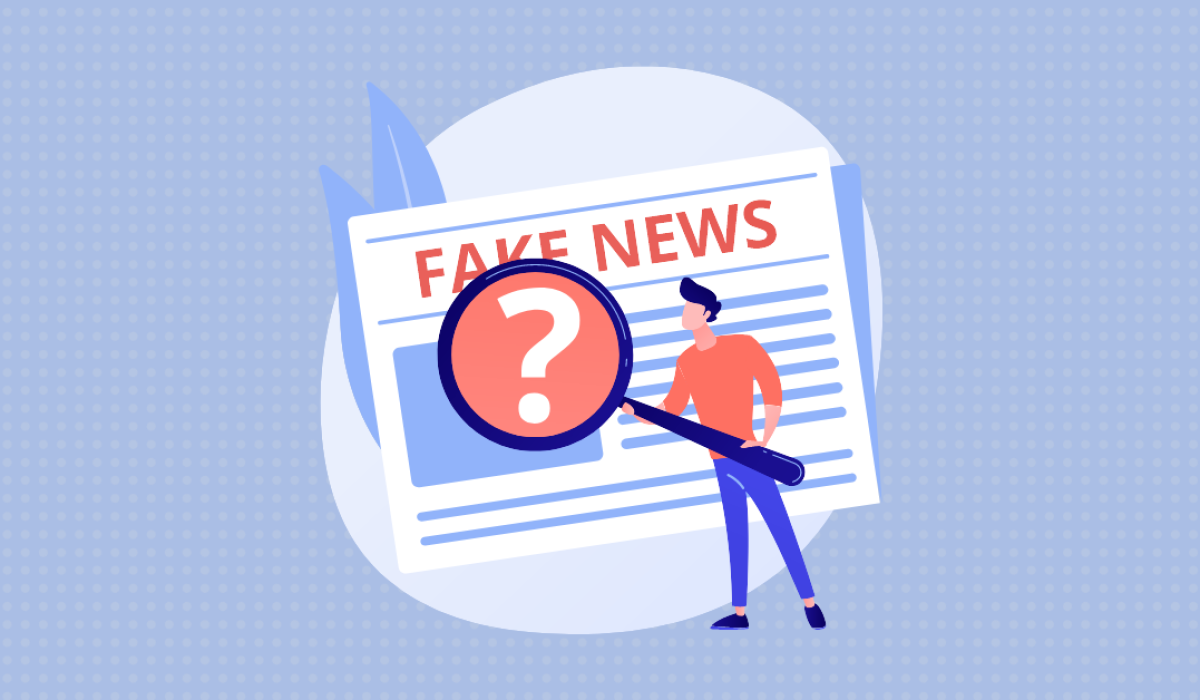The rise of fakery and misinformation on social media has had a significant impact on the effectiveness of social media marketing. It can sometimes be hard to know what to believe. However, the good news is there are some signs you can look out for to help identify what is true, reliable information and what could be false information…
Check the Source
The first step to identifying misinformation is to check the source. Is the source reliable, credible, and trustworthy? If the source is unknown, unverified, or suspicious, then it’s best to do some research before sharing or believing the information. Check if the source has a history of spreading false information, the best place to look could be the comments in their current and past posts or is it from a dodgy website or account with few or fake followers.
Look for Evidence
Misinformation often lacks evidence, facts, or sources to support its claims. Searching for evidence before accepting any information could help you filter the information to be as true as possible. If there is no supporting evidence, then it’s best to avoid sharing it or believing it.
Read Beyond the Headline
Misinformation often has sensational and clickbait headlines that are designed to grab attention and generate clicks. And the more clicks something gets, the more the source can charge for advertising. Therefore, it’s crucial to analyse the headline and read the article carefully. If the headline seems too good to be true or too shocking, then it’s likely not entirely accurate. Don’t let the headline keep you from finding out more before clicking any links.
Check Multiple Sources
It’s always a good practice to check multiple sources before believing or sharing any information. Look for similar stories from other reputable news sources, and compare them to see if there are any discrepancies. If multiple sources are reporting the same material, then it’s likely to be accurate.
Be Skeptical of Images and Videos
Misinformation often uses images and videos to support false claims or create a false narrative as well as to grab your attention. Being skeptical of images and videos is necessary till you can verify their authenticity since it’s so easy for them to be manipulated. Use reverse image search tools to check if the image has been used before or if it’s a doctored image, or better yet if you can find the original image.
Avoid Emotional Reactions
Misinformation often targets emotions and can be designed to provoke an emotional response. In this case, it’s important to avoid reacting emotionally or physically to any information without verifying its accuracy first. Remember to always take a moment to fact-check the information before anything else.
Social media can be used to spread knowledge and information, but it can also spread fake news and misinformation. This means that you need to be vigilant and cautious when consuming and sharing information on social media. By following these tips, you can avoid falling for misinformation and help prevent it from spreading any further.
If you have any more questions about fake news or your social media marketing, get in touch!





